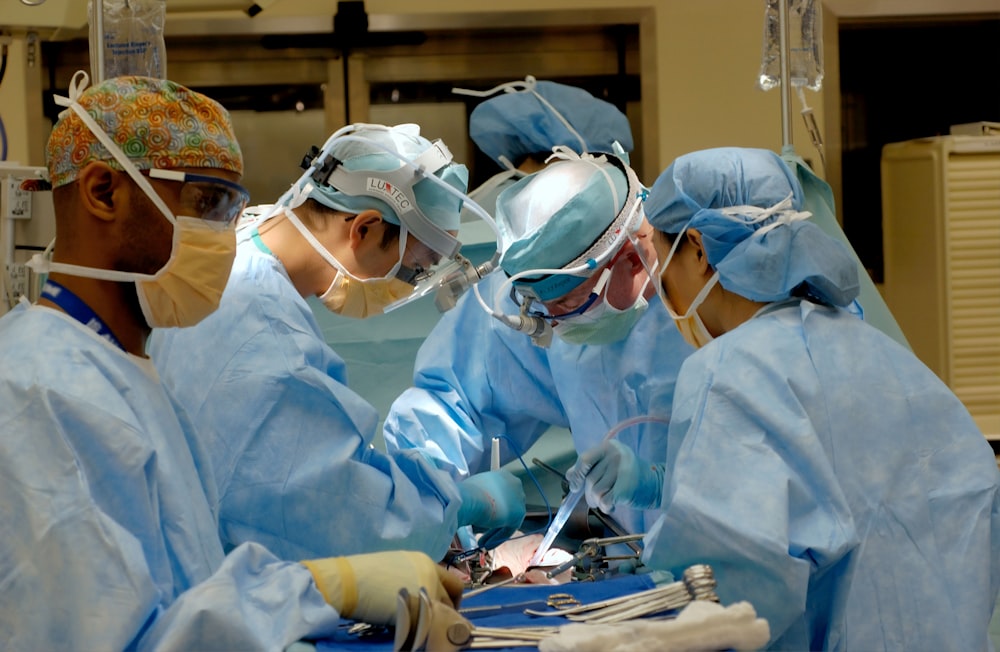目次
TKA後に屈曲拘縮が残存しやすい症例の特徴は?
人工膝関節全置換術後に問題となることが多いのが膝関節屈曲拘縮です.
理学療法士・作業療法士であれば膝関節屈曲拘縮に対してさまざまな介入をされると思います.
しかしながらどういった症例が人工膝関節全置換術後に屈曲拘縮が残存しやすいのでしょうか?
今回はTKA後に屈曲拘縮が残存しやすい症例の特徴を考えるうえで参考になる論文をご紹介させていただきます.

今回ご紹介する論文
Clin Orthop Surg. 2023 Oct;15(5):770-780. doi: 10.4055/cios22207. Epub 2022 Nov 22.
Predictors of Recurrent Flexion Contracture after Total Knee Arthroplasty in Osteoarthritic Knees with Greater Than 15° Flexion Contracture
Sang Jun Song 1, Hyun Woo Lee 1, Cheol Hee Park 1
Affiliations expand
PMID: 37811511 PMCID: PMC10551682 DOI: 10.4055/cios22207
今回ご紹介する論文は2023年に掲載された論文です.
研究の目的
Background: This study aimed to analyze the risk factors that predict recurrent flexion contracture (FC) after total knee arthroplasty (TKA) in osteoarthritic knees with FC ≥ 15°.
この研究では15°以上の屈曲拘縮のある変形性膝関節症例を対象として人工膝関節全置換術(TKA)後の屈曲拘縮(FC)再発を予測する危険因子を明らかにすることを目的としております.
研究の方法
Methods: Data from a consecutive cohort comprising 237 TKAs in 187 patients with degenerative osteoarthritis, preoperative FC ≥ 15°, and a minimum follow-up period of 2 years were retrospectively reviewed. Preoperative FC was corrected intraoperatively from 0° to 5°. The incidence of recurrent FC (FC ≥ 10°) at 2 years postoperatively was investigated. Potential risk factors predicting recurrent FC including age, sex, body mass index, unilateral TKA, severity of preoperative FC, 3-month postoperative residual FC, γ angle, change in posterior femoral offset ratio, and lumbar degenerative kyphosis (LDK) were analyzed using logistic regression analysis. The post-hoc powers for the identified factors were then determined.
退行性変形性膝関節症,術前屈曲拘縮が15°以上,最低追跡期間2年の187例,237回TKAからなる連続コホートのデータを後方視的に検討しております.
術前の屈曲拘縮は術中に0°から5°まで矯正されております.
術後2年の屈曲拘縮再発(FC≧10°)の発生率を調査しております.
年齢,性別,肥満度,片側TKA,術前屈曲拘縮の重症度,術後3ヵ月の屈曲拘縮残存率,γ角,大腿骨後方オフセ ット比の変化,腰椎変性後弯(LDK)を含む屈曲拘縮再発を予測する潜在的危険因子をロジスティック回帰分析で解析しております.
研究の結果
Results: Forty-one knees (17.3%) with recurrent FC were identified. Risk factors with sufficient power for recurrent FC were unilateral TKA, severity of preoperative FC, residual FC at 3 months postoperatively, and LDK (odds ratios of 3.579, 1.115, 1.274, and 3.096, respectively; p < 0.05; power ≥ 86.1).
屈曲拘縮が再発した41膝(17.3%)が同定されました.
屈曲拘縮再発に対して十分な検出力を持つ危険因子は片側TKA,術前屈曲拘縮の重症度,術後3ヵ月時の屈曲拘縮残存,腰椎変性後弯でありました(オッズ比はそれぞれ3.579、1.115、1.274、3.096;p<0.05;検出力≧86.1).
研究の結論
Conclusions: Recurrent FC can occur in TKAs with the risk factors including unilateral TKA, severe preoperative FC, residual FC at 3 months postoperative, and LDK despite appropriate intraoperative correction. Surgical strategies and rehabilitation protocols used in managing FC should be applied in TKA cases with risk factors for recurrent FC.
屈曲拘縮の再発は片側TKA,術前の重度の屈曲拘縮,術後3ヶ月の屈曲拘縮残存,術中適切な矯正にもかかわらず腰椎変性後彎などの危険因子を持つTKAで起こりうることが明らかとなりました.
屈曲拘縮再発の危険因子を有するTKA症例には,屈曲拘縮管理に用いられる手術戦略とリハビリテーションプロトコルを適用すべきであります.
今回はTKA後に屈曲拘縮が残存しやすい症例の特徴を考えるうえで参考になる論文をご紹介させていただきました.
今回の結果から考えると片側例の場合や術前に重度の屈曲拘縮がある症例の場合には屈曲拘縮が残存しやすいと考えられます.
また注目すべきは腰椎変性後彎です.
腰椎後彎変形があると立位や歩行時に膝関節が伸展しませんのでこれが屈曲拘縮につながる可能性が高いということですね.
屈曲拘縮に対して介入する際には腰椎への介入の視点も重要になりそうです.






